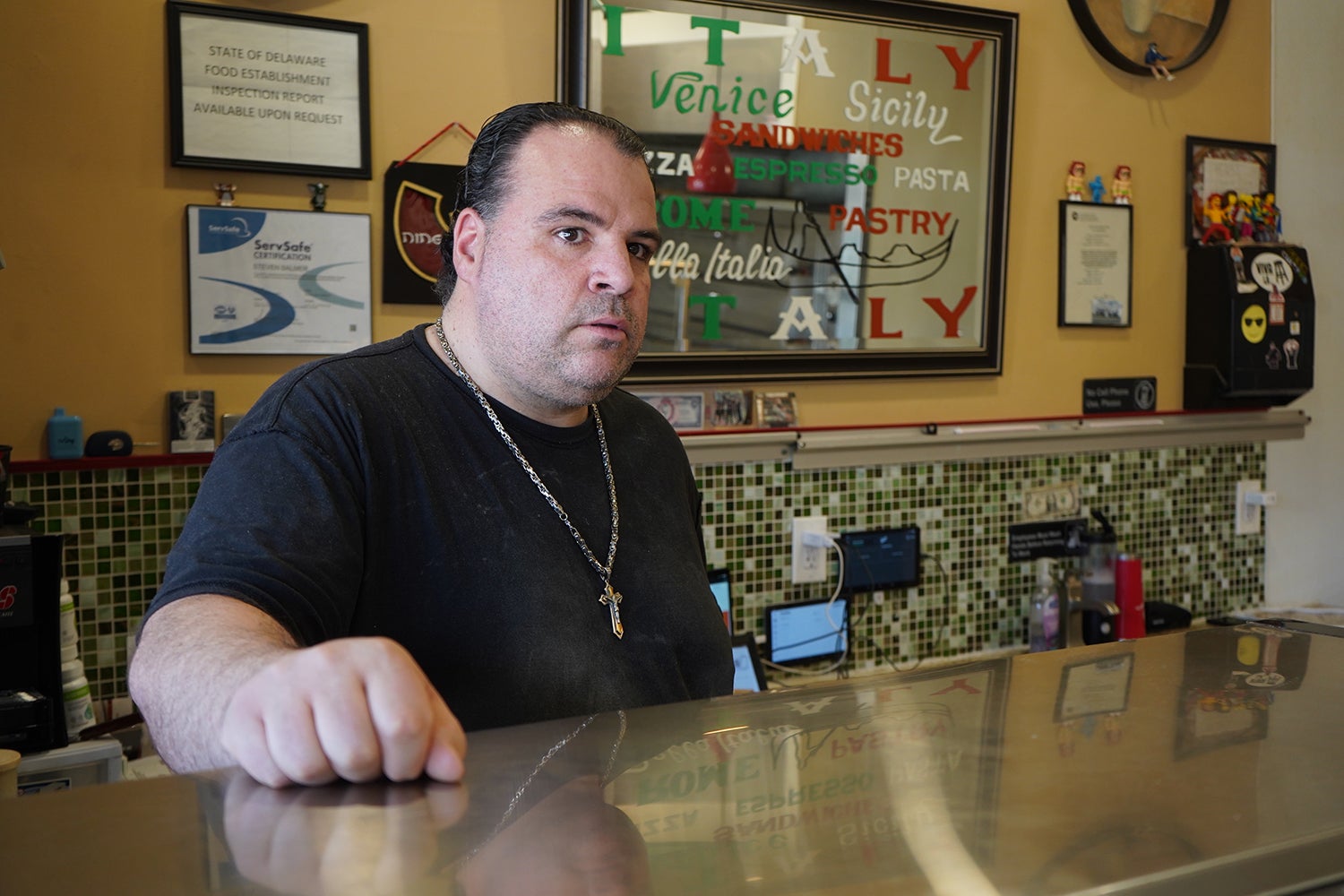Jobs
GE Vernova could cut 900 jobs as it aims to curb offshore wind losses

Dive Brief:
-
GE Vernova, the largest wind turbine manufacturer in the United States, could cut up to 900 jobs globally as it looks to restructure its offshore wind business, according to Sept. 19 proposal submitted to the GE Vernova European Works Council.
-
CEO Scott Strazik told investors earlier this month that the company’s wind division faces a likely $300 million loss this quarter as a result of delays at the Vineyard Wind farm off the coast of Massachusetts, and at Dogger Bank, an offshore wind project in the U.K’s North Sea. Both projects experienced “blade events” this summer, he said.
-
Inflation, global supply chain challenges and other industry-wide issues have also contributed to the company’s decision to downsize its offshore wind unit, a company source said on Friday.
Dive Insight:
GE Vernova is looking to “transform our offshore wind business into a smaller, leaner and more profitable business” with a downsizing effort that is likely to impact 900 jobs globally, the company said Thursday.
The company would not provide or confirm any country-specific job loss figures, but said that it would work with impacted employees in the months to come to ensure a fair transition inside or outside GE.
Though a company spokesperson said the plan to downsize GE Vernova’s offshore wind unit was a result of “industry-wide challenges,” Strazik’s comments to investors earlier this month suggest the failure of three GE Vernova-made wind turbine blades at two wind farms also played a role. The blade failures delayed GE’s installation efforts at both Vineyard Wind and Dogger Bank, he said, which cost the company valuable time during favorable summer weather.
The company has resumed installation at both projects, Strazik said on Sept. 12.
“We’ve got to rebuild momentum on that process, because time is an enemy for us here, although we’re going to do everything with safety and quality first,” he said. “Because the longer it takes to execute on the project, the longer you’re funding a marshaling harbor, the longer you are paying for vessels.”
Strazik told investors that while the company’s onshore wind business has been profitable for the past five quarters, losses on the offshore front would likely eat into earnings from onshore wind sales and most likely lead to a $300 million loss for the company’s overall wind turbine unit.
While GE Vernova has also seen an uptick in gas turbine orders, but its greatest growth has come from its electrification segment that manufacturers equipment such as inverter controls and transformers, Strazik said.










